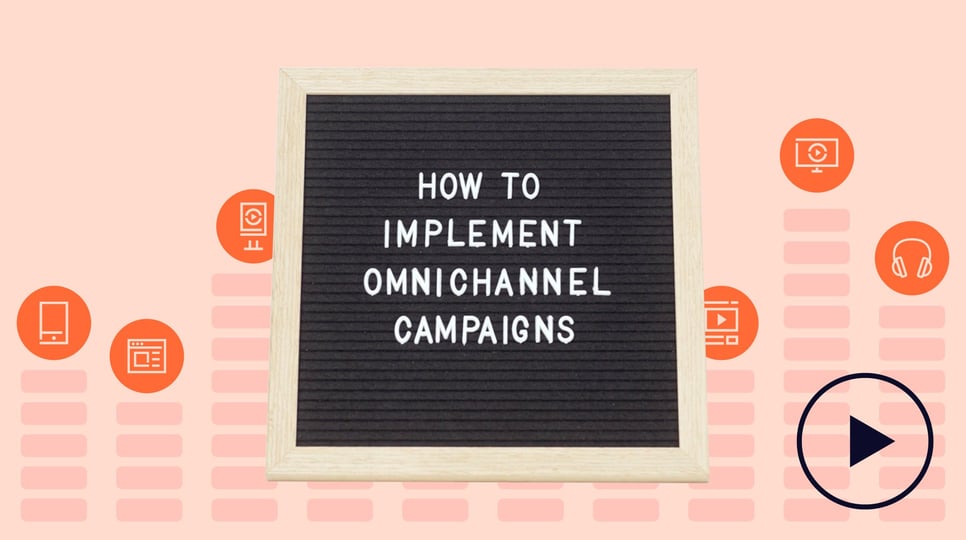Resources Our platform
Drive better outcomes with the latest platform innovations

Select your country or region to see content tailored to your country.
Recruiting fraud is a growing issue for many companies.
The Trade Desk takes this issue seriously and is taking steps to address it.
Our platform
With myriad content choices today, consumers are constantly faced with the question “What should I stream next?” The list of available shows, movies, and podcasts seems endless, and each consumer applies their own criteria when deciding what to watch or listen to at any given time. While all these options can benefit consumers, they can also present a significant challenge for you as the media buyer.

Traditionally, you might’ve tried to predict where your audience would spend time next by working with a handful of major publishers that dominated their audiences’ attention. But now that the ecosystem is more scattered, this approach may no longer offer the same kind of scale and performance. To solve this, you need to put your most valuable audiences in the center of everything you do, so that you can reach them wherever they’re tuning in to or scrolling content across the open internet.
With Kokai, our platform has been revamped to prioritize audience-first buying through what we call the Programmatic Table UI. Let’s go deeper into how you can take advantage of these upgrades to enhance your campaigns and make smarter decisions faster.
It all starts with a segment that represents a brand’s most valuable customers, or a seed, with which you’ll be able to anchor your campaigns. Whether you’re running a reach campaign to drive awareness or a conversion campaign to drive sales, Kokai works harder than ever to find value for you. And it all begins with your added seed.
To help you decide what seed you should set, answer this question:
If I could clone any of my customers, who would I clone first?
Our recommendation is to start with converted customers.
If you have access to first-party data, you can manage it out of the Advertiser Data and Identity tile [One]. First-party data sets can include imported data, website, app, and more. You should aim to use conversion data as your seed, but other engagement data, such as website visitors, can work as a starting point too.
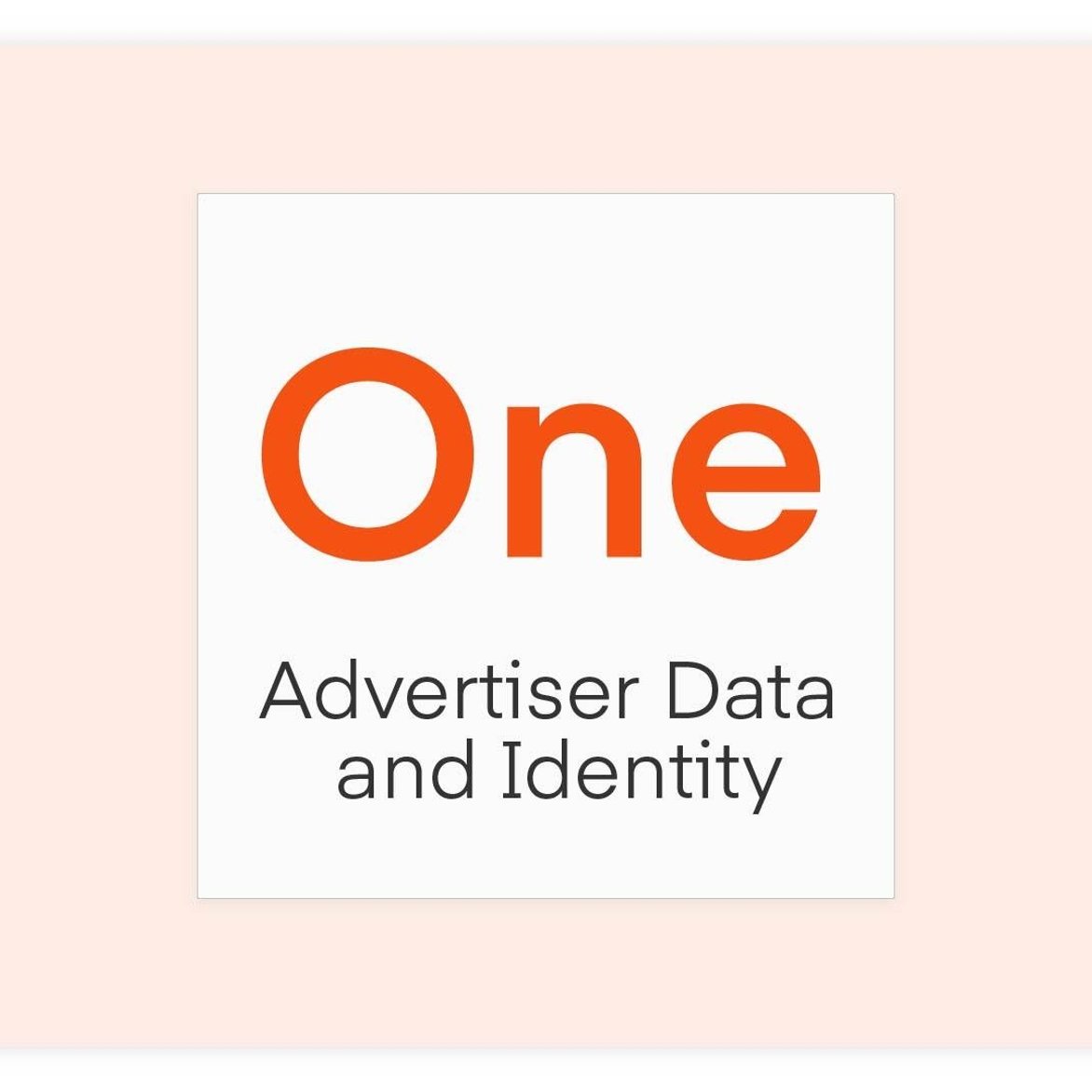
For marketers who sell their products at retailers, and even those who don’t, retail purchase data can be one of the most valuable signals you can use to build highly relevant audiences. You will be able to find and request access to high-quality audience segments from top retailers within the Shopper Marketing tile [Sh]. Once you’ve applied your seed, you’ll be able to see which retail data segments are most relevant for your campaign.

In the Seeds tile [Se], you’ll be able to find available first-party and retail data that can be used for your seed. If neither of those options are available to you, you can build seeds using third-party data instead. Conversion and purchase data will always be the strongest signal for your seed because it represents the people who have already purchased your product or interacted with your brand. By using this kind of data to define your seed, you’re giving our platform the context it needs to uncover more valuable insights and prioritize the most relevant ad opportunities to drive performance.
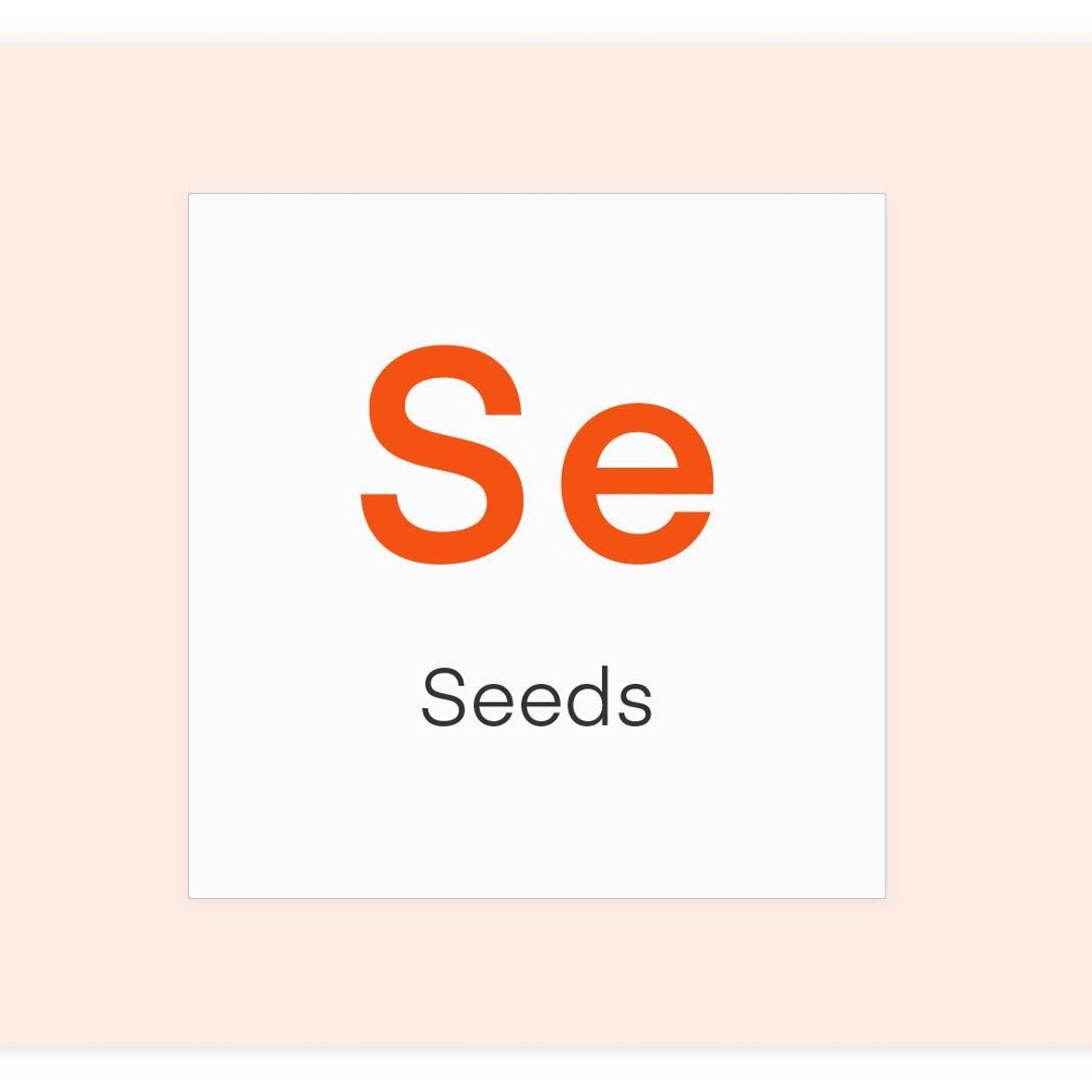
Kokai enhancement: You can now request access to retail data segments directly from the Shopper Marketing tile [Sh]. Once you receive access to your desired segment, you can use it as your seed.
Now that your seed is set, you will start to see relevance scores throughout the platform. Relevance is a metric that predicts how similar the people you are targeting will be to your seed, compared to if you were to target the general internet population. The higher the relevance score, the more likely you are to reach the people who look like your seed. Relevance can also help you compare different audience segments, inventory options, and more, so that you can work toward always making data-driven decisions in the platform.
One of the better ways to increase your campaign’s relevance is by starting with the right audience. You can search our robust marketplace and easily compare all the available segments based on both their relevance and value, all within the Data Marketplace tile [Dm]. Relevance indicates similarity to your seed, while “value” in the platform will show you relevance scores relative to cost. When two segments have the same relevance scores, you can use the value score to pick the more cost-efficient option.

While you can create new audiences from the Data Marketplace [Dm] and Shopper Marketing [Sh] tiles, you will be able to gain a centralized view of all your audiences within the Audience tile [Au]. Here you can edit any of your audiences and apply them to your ad groups for targeting.
Real-time snapshot: At the top-right of the platform UI, you’ll always have a snapshot of your forecasted spend, relevance, and decision power for your campaign. As you adjust targeting and apply optimizations, you will be able to see the impact your changes have on these metrics in real time (pictured below).
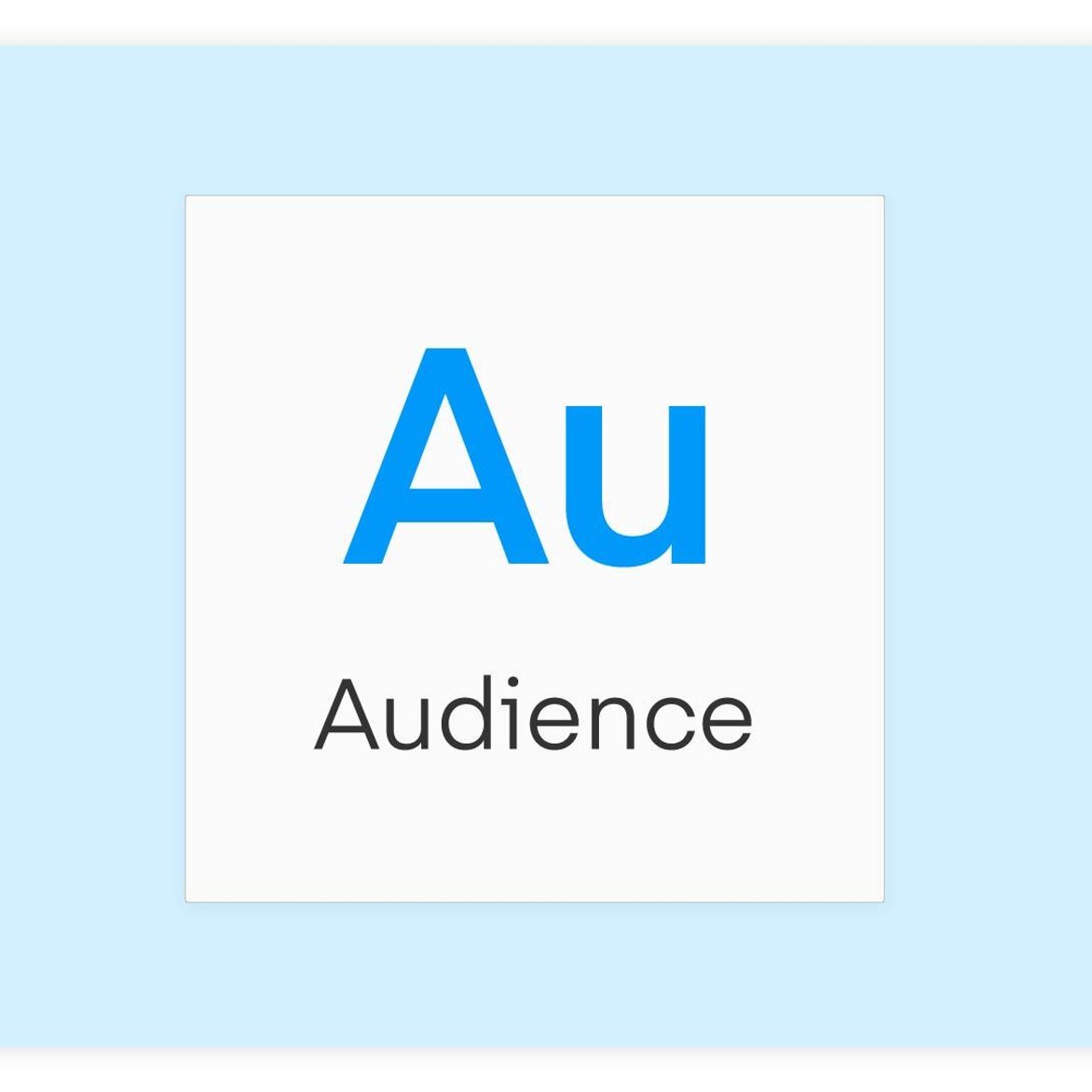
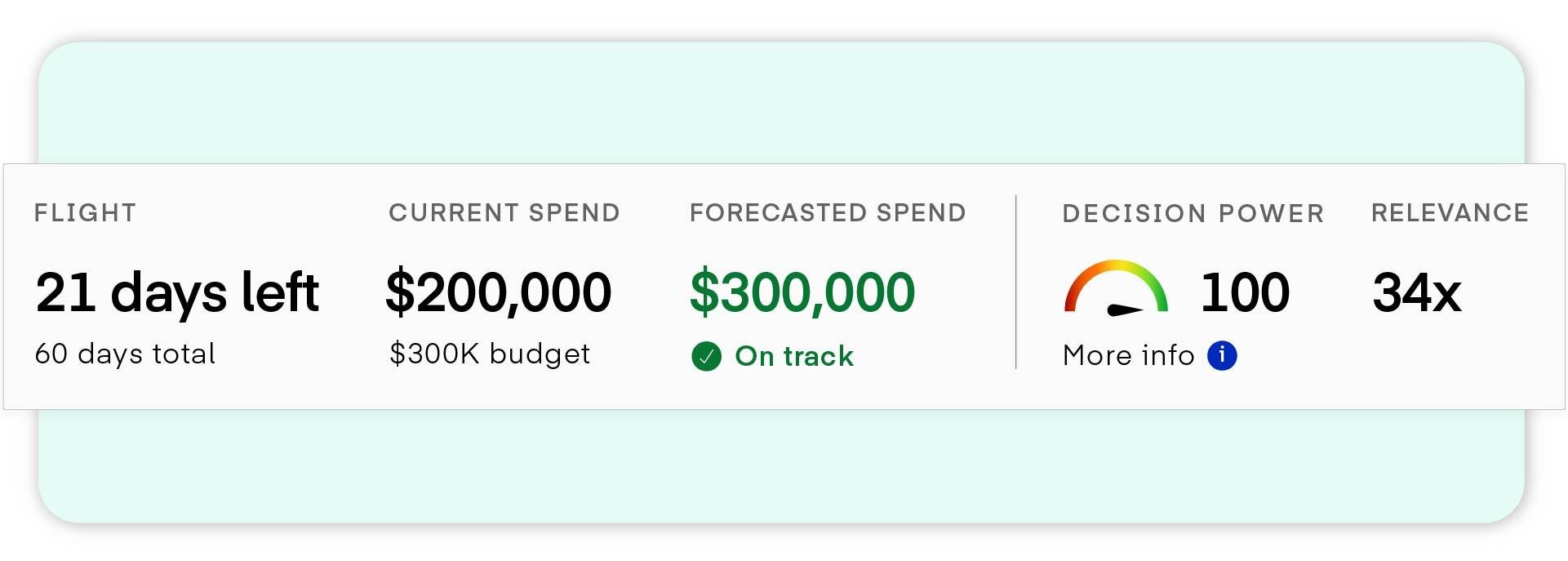
Kokai enhancement: The Data Marketplace [Dm] and Shopper Marketing [Sh] tiles can provide a safe place to browse data partners before committing to building an audience.
The Koa Audiences tile [Ka] houses our newest audience AI tool, which can help give you more control over automated lookalike modeling than ever before. Kokai offers a spectrum of audience-building tools that can be tailored to a brand’s unique preferences. While we make it easier to leverage data when manually building audiences through relevance and value scores, we also want to help ensure clients can work toward maximizing performance and efficiency with just a few simple steps.
Designed to help simplify audience-building, AI-powered Koa Audiences [Ka] helps give you the ability to tap into high-value audience segments more seamlessly. By looking at your seed, value, and relevance, you can use Koa Audiences to automatically pull in the right segments and update your audience as needed.
Flexible inputs: Koa Audiences [Ka] will default to using your campaign seed to help you find the most relevant segments, but you can modify this input at any time. Options include using any of your pixels, imported data segments, or previously created seeds.
Value filter: Similar to the value filter that helps you find more relevant and cost-effective segments in the manual audience creation workflow, you’ll be able to use a value filter to help ensure Koa Audiences [Ka] only picks segments that meet your desired criteria. As you adjust this filter, you can see how many segments Koa Audiences [Ka] is able to apply.

Kokai enhancement: In addition to finding more relevant segments based on your desired input, you can also use the value score to exercise even more control over the AI.
The most effective marketing is audience-first. Our platform’s Kokai upgrade offers new, practical solutions, enabling you to prioritize more valuable audiences. To recap, you can start by bringing in your most valuable customers into the platform through the Advertiser Data and Identity [One] and/or Shopper Marketing [Sh] tiles, and then turn those audiences into your North Star within the Seeds tile [Se].
Next, you can focus on more relevant audiences in the Data Marketplace [Dm] and Audience [Au] tiles, all while tracking spend and relevance in real time. And with Koa Audiences [Ka], you can simplify audience building by using the power of AI to help make segment selection more efficient. With Kokai, you can make the shift to audience-first buying with confidence and work toward driving impactful results.
New to The Trade Desk? Contact us to learn more about Kokai today.
Disclaimer: This information is provided solely for background and is not a representation or guarantee of any future performance.
Resources Our platform

Resources Our platform

Resources Omnichannel
